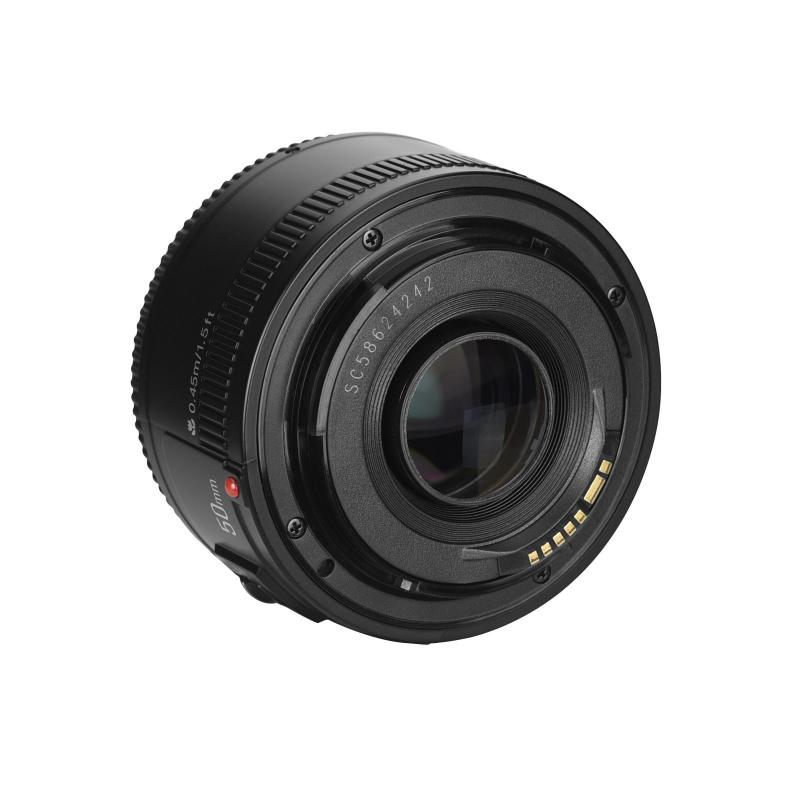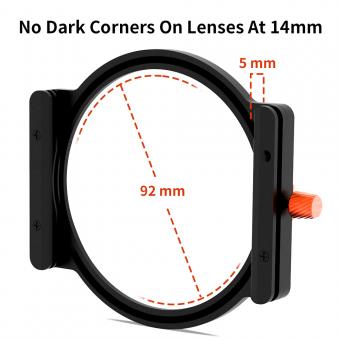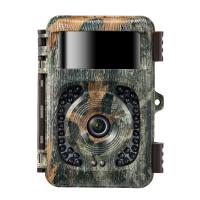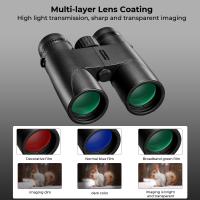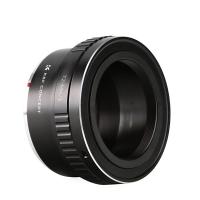How To Properly Focus A Microscope ?
To properly focus a microscope, first, place the slide on the stage and secure it with the stage clips. Then, turn on the light source and adjust the diaphragm to control the amount of light passing through the specimen. Next, select the lowest magnification objective lens and bring it into position by rotating the nosepiece. Use the coarse focus knob to move the objective lens down until it is close to the slide. Look through the eyepiece and adjust the focus by turning the coarse focus knob until the image is in focus. Then, use the fine focus knob to make small adjustments to the focus until the image is clear and sharp. Finally, adjust the diaphragm and light source as needed to optimize the image quality. Repeat the process for higher magnification objective lenses, making sure to use the fine focus knob for small adjustments to the focus.
1、 Adjusting the Illumination
How to properly focus a microscope is a fundamental skill that every microscopist should master. The process of focusing a microscope involves adjusting the focus knob to bring the specimen into sharp focus. However, there are other factors that need to be considered to ensure that the microscope is properly focused.
One of the critical factors to consider when focusing a microscope is adjusting the illumination. Proper illumination is essential for obtaining clear and crisp images. The microscope's illumination system should be adjusted to provide the appropriate amount of light to the specimen. Too much light can cause glare and wash out the image, while too little light can make the specimen appear dark and difficult to see.
To adjust the illumination, start by adjusting the diaphragm to control the amount of light entering the microscope. The diaphragm should be adjusted to match the objective lens being used. Next, adjust the condenser to focus the light on the specimen. The condenser should be positioned as close to the specimen as possible without touching it. Finally, adjust the brightness of the light source to achieve the desired illumination.
It is also important to note that the type of specimen being observed may require different illumination settings. For example, transparent specimens may require brightfield illumination, while opaque specimens may require darkfield illumination.
In recent years, advancements in microscope technology have led to the development of new illumination techniques, such as fluorescence and confocal microscopy. These techniques allow for more precise and detailed imaging of specimens, but also require specialized equipment and training.
In conclusion, adjusting the illumination is a critical step in properly focusing a microscope. By adjusting the diaphragm, condenser, and brightness of the light source, microscopists can achieve the appropriate illumination for their specimen and obtain clear and detailed images.
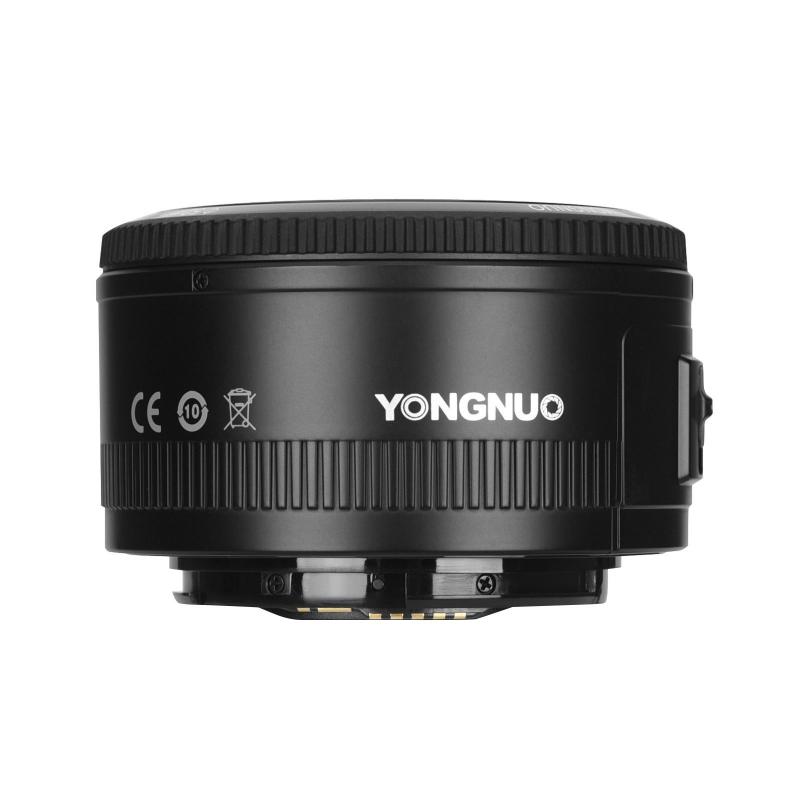
2、 Setting the Stage Height
How to properly focus a microscope is a fundamental skill that every student and researcher should master. There are several steps involved in focusing a microscope, but two of the most critical steps are Setting the Stage Height and Adjusting the Focus Knobs.
Setting the Stage Height is the first step in focusing a microscope. This step involves adjusting the height of the stage to ensure that the specimen is in focus. To do this, place the slide on the stage and turn the coarse focus knob until the objective lens is close to the slide. Then, adjust the stage height until the specimen is in focus. It is important to note that the stage height should be adjusted carefully to avoid damaging the slide or the objective lens.
The latest point of view on Setting the Stage Height is that it is crucial to use the right type of slide and coverslip for the microscope being used. Different microscopes have different stage heights, and using the wrong type of slide or coverslip can result in the specimen being out of focus. Additionally, it is important to ensure that the slide is clean and free of debris, as this can also affect the focus of the microscope.
In conclusion, Setting the Stage Height is a critical step in focusing a microscope. It is important to use the right type of slide and coverslip, adjust the stage height carefully, and ensure that the slide is clean and free of debris. By following these steps, students and researchers can ensure that their microscope is properly focused and that they are able to obtain accurate and reliable results.
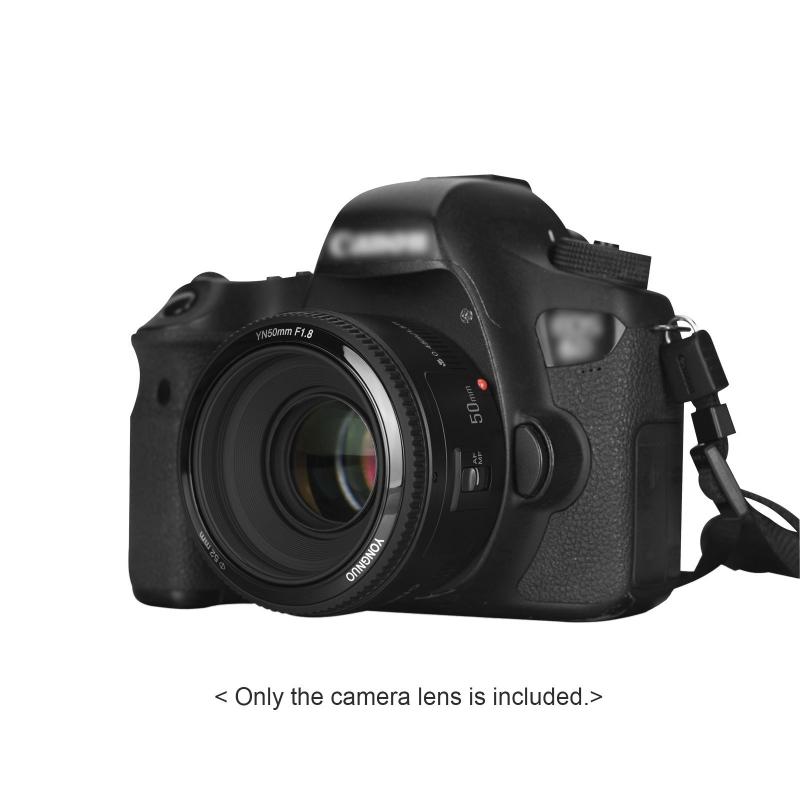
3、 Selecting the Objective Lens
How to properly focus a microscope is an essential skill for anyone working in the field of microscopy. There are several steps involved in this process, and each one is critical to achieving clear and accurate images.
One of the first steps in focusing a microscope is selecting the objective lens. The objective lens is the lens closest to the specimen and is responsible for magnifying the image. Microscopes typically have several objective lenses with different magnification levels, ranging from low to high power. To select the appropriate objective lens, start with the lowest power lens and work your way up until you achieve the desired magnification.
Once you have selected the objective lens, the next step is to adjust the focus. Begin by adjusting the coarse focus knob to bring the specimen into view. This knob moves the stage up and down, allowing you to focus on the specimen. Once the specimen is in view, use the fine focus knob to sharpen the image. This knob moves the stage in smaller increments, allowing for more precise focusing.
It is important to note that when focusing a microscope, you should never touch the lens with your fingers or any other object. This can damage the lens and affect the quality of the image. Instead, use lens paper or a soft brush to clean the lens if necessary.
In recent years, advancements in technology have led to the development of digital microscopes, which allow for easier focusing and image capture. These microscopes often have automatic focusing capabilities, which can save time and improve accuracy.
In conclusion, selecting the objective lens is an important step in properly focusing a microscope. By following the proper steps and using the appropriate tools, you can achieve clear and accurate images for your research or educational needs.
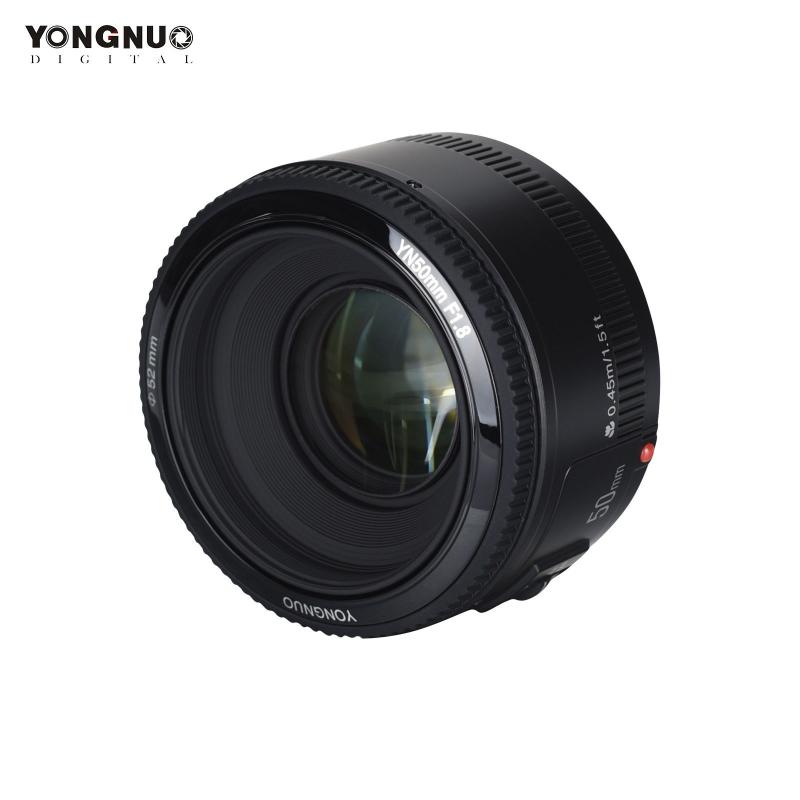
4、 Fine Focusing
How to properly focus a microscope is a fundamental skill for any scientist or student working with microscopes. The process of focusing a microscope involves adjusting the lenses to bring the specimen into sharp focus. There are two main types of focusing: coarse focusing and fine focusing.
Coarse focusing involves adjusting the distance between the objective lens and the specimen using the coarse focus knob. This knob moves the stage up and down, allowing you to bring the specimen into focus. Once the specimen is roughly in focus, you can switch to fine focusing.
Fine focusing involves using the fine focus knob to make small adjustments to the distance between the objective lens and the specimen. This allows you to bring the specimen into sharp focus and see fine details. It is important to use gentle, small adjustments when using the fine focus knob to avoid damaging the specimen or the microscope.
In addition to using the fine focus knob, it is important to ensure that the microscope is properly aligned and that the lenses are clean and free of debris. It is also important to use the appropriate magnification for the specimen you are observing.
Recent advances in microscope technology have led to the development of new techniques for focusing, such as confocal microscopy and super-resolution microscopy. These techniques allow scientists to observe specimens in greater detail and with greater accuracy than ever before. However, the basic principles of focusing a microscope remain the same, and mastering this skill is essential for anyone working with microscopes.
